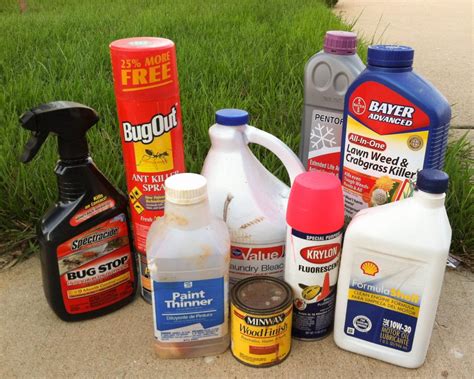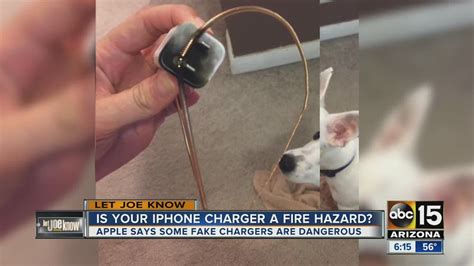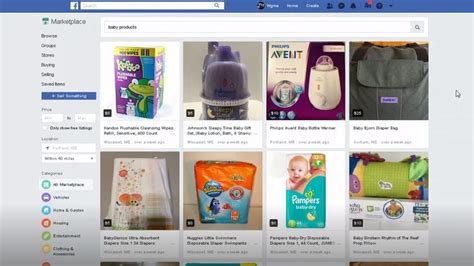1. How Do Counterfeit Products Affect Your Health?
Counterfeit products often bypass health and safety standards, resulting in various health risks for consumers. From toxic materials to improper manufacturing processes, counterfeit goods lack the regulatory oversight of legitimate items, increasing the chance of exposure to harmful substances.

Below are some common health risks posed by counterfeit products:
- Skin Irritation: Fake cosmetics and skincare products can contain allergens or irritants, leading to rashes and other skin issues.
- Respiratory Issues: Some counterfeit electronics and toys release hazardous fumes when heated.
- Eye Infections: Fake eyewear often lacks UV protection, putting users at risk of eye strain or infections.
| Counterfeit Product | Associated Health Risks |
|---|---|
| Fake Cosmetics | Skin allergies, dermatitis, chemical burns |
| Counterfeit Toys | Choking hazards, toxic materials, respiratory issues |
| Phony Electronics | Electrocution, fire hazards, toxic fumes |
2. Why Are Counterfeit Medications Dangerous?
Counterfeit medications pose significant health risks, primarily because they often contain incorrect dosages or harmful additives. Fake drugs lack the rigorous testing that legitimate medications undergo, which can lead to dangerous side effects or even death.
Potential dangers of counterfeit medications include:
- Incorrect Dosage: Counterfeit drugs might have too much, too little, or no active ingredient at all.
- Toxic Additives: Harmful fillers or additives are often used to replicate the appearance of real drugs.
- Delayed Treatment: Ineffective counterfeit drugs can delay essential treatment, worsening a patient’s condition.
3. Are Counterfeit Electronics a Fire Hazard?
Counterfeit electronics, from phone chargers to household appliances, often use substandard components that are prone to overheating, leading to increased fire risks. Without quality checks, these devices can short-circuit, causing burns or fires.
Common risks associated with counterfeit electronics include:
- Overheating: Poor quality control often leads to components that overheat.
- Electrocution Risks: Fake chargers and adapters often lack proper insulation, posing risks of electric shocks.
- Environmental Harm: Counterfeit batteries, for example, are prone to leakage, releasing harmful chemicals.

4. What Are the Dangers of Fake Toys for Children?
Counterfeit toys, often made without adherence to safety standards, pose serious risks for children. These toys frequently use toxic paints, small parts, or contain hazardous chemicals, which can lead to poisoning, choking, or respiratory issues.
Key dangers include:
- Choking Hazards: Small parts can break off easily, presenting choking hazards.
- Toxic Materials: Paints used in counterfeit toys may contain lead or other toxins.
- Structural Instability: Poorly made toys may break, leading to potential injuries.
5. Can Counterfeit Apparel Cause Allergic Reactions?
Counterfeit clothing, particularly when in direct contact with the skin, can contain hazardous chemicals used in dyes and fabrics. These materials can lead to skin allergies, rashes, and other forms of irritation, especially in sensitive individuals.
6. How Do Fake Cosmetics Impact Skin Health?
Counterfeit cosmetics often use inferior or harmful ingredients, leading to adverse skin reactions such as rashes, chemical burns, and even infections. Many of these products contain harmful bacteria due to inadequate production processes, posing significant risks for skin health.
7. Why Are Fake Personal Care Products Harmful?
Fake personal care items like shampoos, lotions, and soaps may contain toxic chemicals, leading to skin irritation, respiratory problems, and other health issues. These products often use unregulated ingredients, which can be absorbed through the skin, causing harm.
8. What Are the Risks of Using Counterfeit Baby Products?
Counterfeit baby products such as pacifiers, bottles, and baby food containers may contain dangerous chemicals like BPA, which can lead to hormonal disruptions in infants. These products are often made without proper safety standards, putting babies at risk of ingestion or exposure to toxins.

9. How Can Fake Supplements Affect Health?
Counterfeit supplements may lack essential ingredients or contain dangerous additives, leading to nutrient deficiencies or severe health reactions. Fake supplements are often manufactured in unsanitary conditions, posing additional health risks.
10. Are There Respiratory Risks with Counterfeit Household Products?
Counterfeit household products, including cleaning agents and air fresheners, may release toxic fumes or lack the efficacy of legitimate products. These items often contain hazardous chemicals, which, when inhaled, can cause respiratory issues or aggravate conditions like asthma.
| Type of Counterfeit Product | Health Risks |
|---|---|
| Cosmetics | Skin irritation, chemical burns, infections |
| Medications | Overdose, toxicity, ineffective treatment |
| Electronics | Fire hazards, electrocution, toxic fumes |
| Baby Products | Choking, toxic exposure, hormonal disruptions |
Frequently Asked Questions (FAQs)
What are the most common counterfeit products that pose health risks?
Counterfeit cosmetics, electronics, medications, baby products, and toys are among the most common and pose significant health risks.
How can I identify counterfeit products?
Check for unusual packaging, odd pricing, missing safety labels, and buy only from reputable retailers to avoid counterfeit products.
Are counterfeit medications lethal?
Yes, counterfeit medications can be lethal due to incorrect dosages or toxic ingredients.
What chemicals are found in counterfeit cosmetics?
Counterfeit cosmetics often contain harmful chemicals like lead, mercury, and parabens.
Are fake electronics safe to use?
No, counterfeit electronics often lack safety features, increasing risks of fire, electrocution, and toxic fume release.
How do counterfeit baby products harm infants?
Fake baby products can contain harmful chemicals, small parts, or be structurally unsafe, posing serious health risks to infants.
What can be done to avoid counterfeit products?
Always buy from reputable retailers, check for safety labels, and verify the authenticity of high-risk items like cosmetics, electronics, and medicines.


